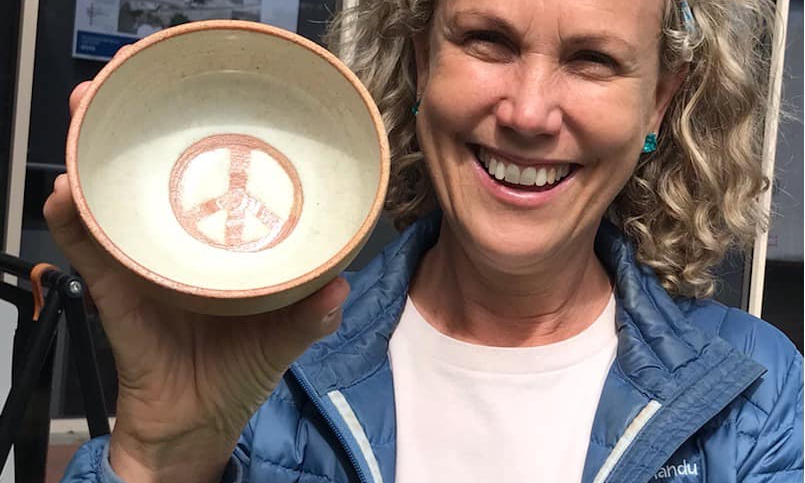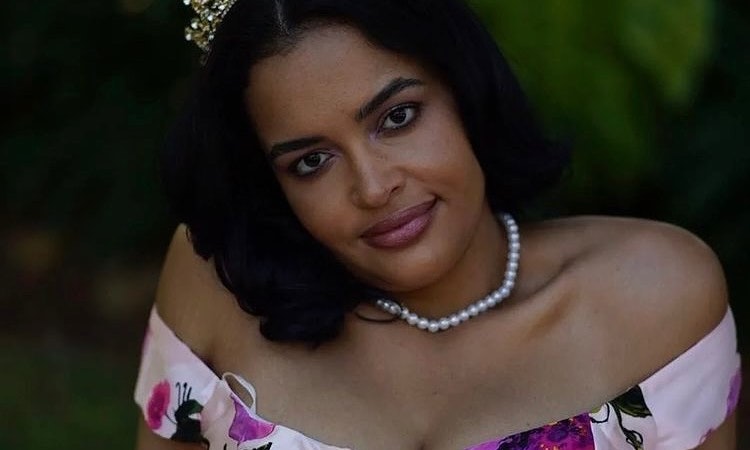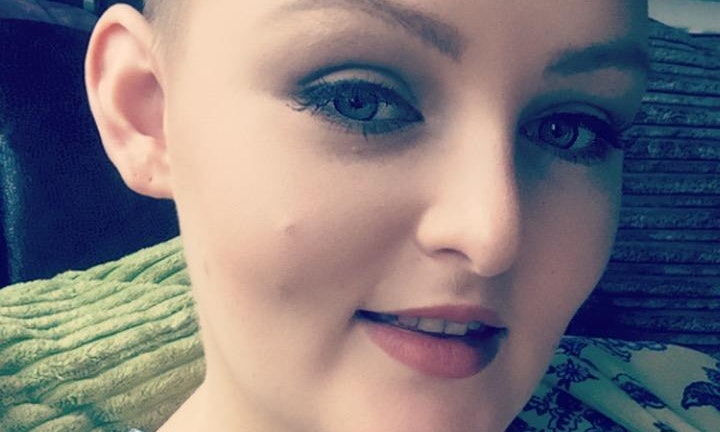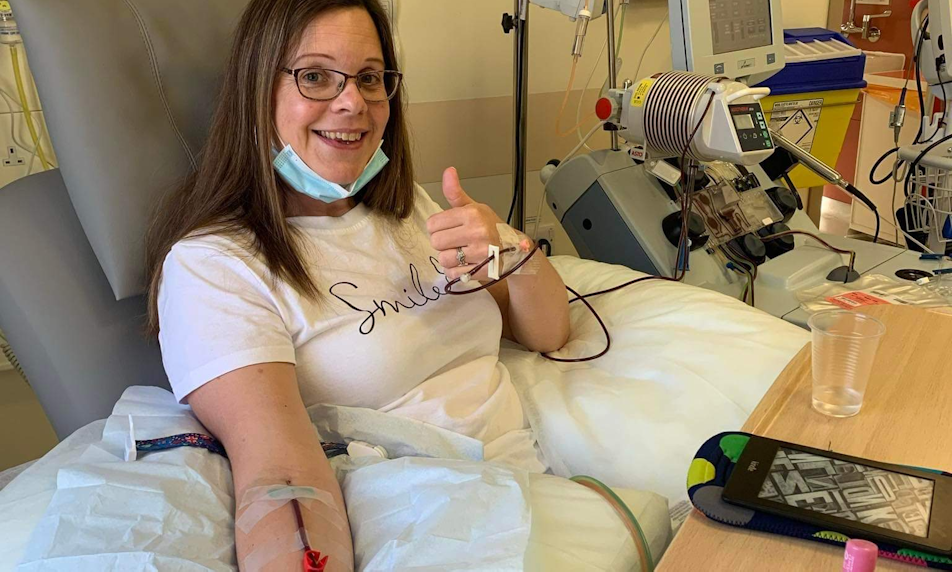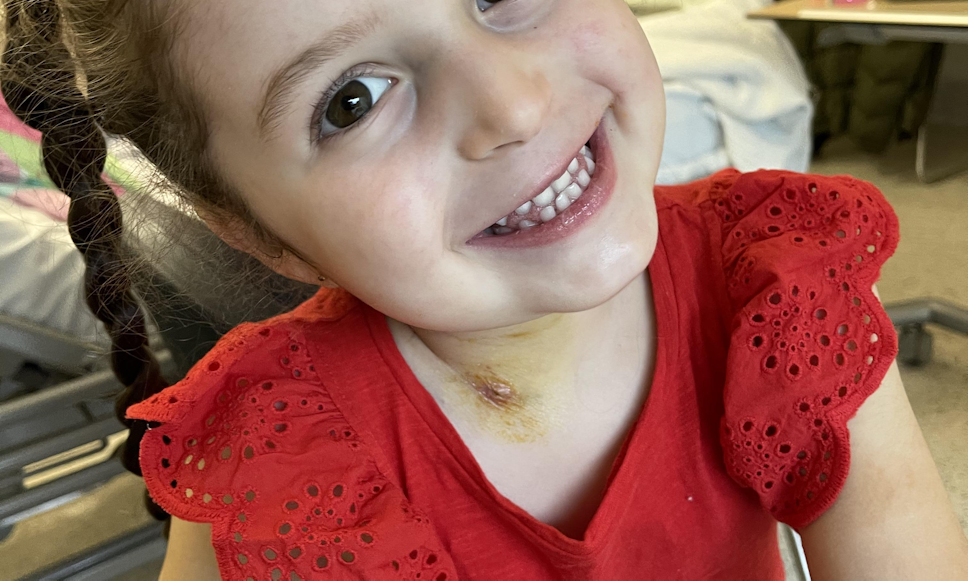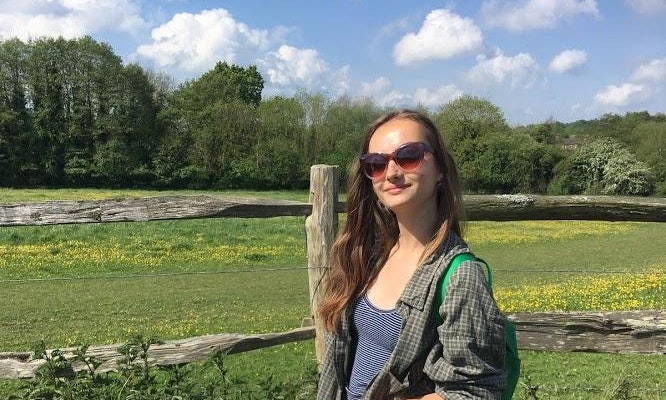Patient stories
Gracie's story
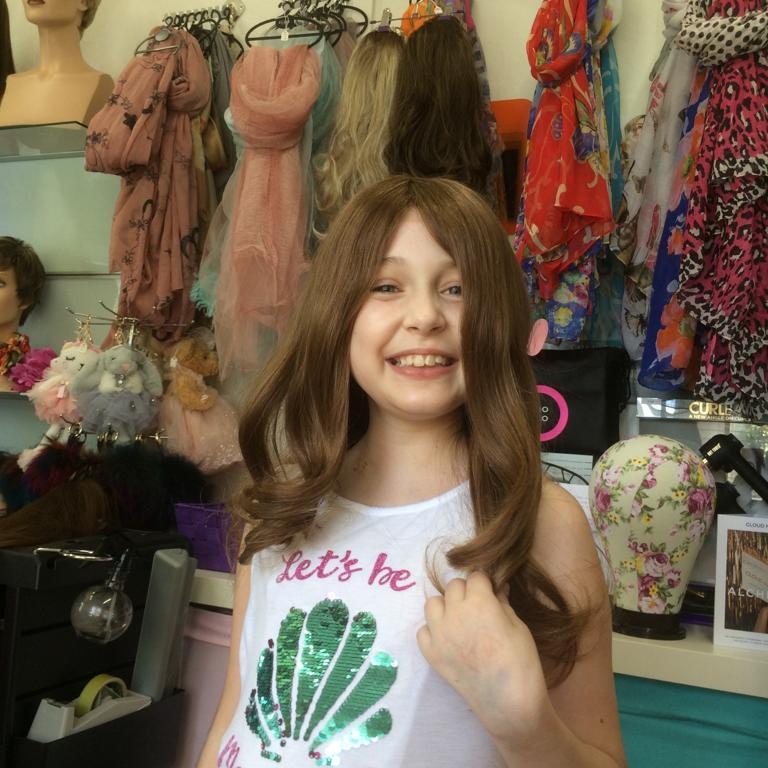
Childhood cancer makes you re-evaluate what’s important in life. Gracie’s leukaemia story started on the evening of the 19th March 2019. Earlier that day, I had noticed that she was looking pale, but didn’t really think anything of it. She began complaining that her chest was hurting. Her temperature spiked yet she said she was feeling cold and was shivering. I rang 111 and they sent an ambulance and we spent the night in A&E.
They ran an ECG which was fine, and after waiting until 3 in the morning to be seen, we were told that she was suffering a virus of the upper respiratory tract. When I reflected on this later, I thought this was strange as Gracie had no coughs or colds whatsoever. It was the pain in the chest that was the real issue. While waiting in A and E, Gracie had her first ever nosebleed. I mentioned this, but it was ignored as an actual symptom and we were sent home.
The following days and weeks were, quite honestly, a nightmare, and in so many ways, the most frightening part of our experience. We took Gracie back to the GP repeatedly and saw several different doctors. They all insisted she was suffering from a virus, or in fact, several different viruses at once. One even prescribed hay fever medicine when her nose was literally scabbed with blood from the constant bleeding.
I was constantly googling her symptoms and I had leukaemia in my mind as a result of the bleeding and at one appointment I read a list of the leukaemia symptoms from the NHS website to the GP and still, I was told it was a virus (I so wish I had actually said the word leukaemia rather than just read out a list of the symptoms but I didn’t; in reality because I was frightened of that ‘word’ and all that it entailed. Maybe if I had have done, the doctor would have been forced to recognise it as a possibility and Gracie would have been diagnosed sooner).
Gracie gradually got weaker and weaker to the point where she couldn’t walk, and her skin was turning yellow. She was being sick yellow bile and was in horrendous pain in both her chest and the back of her legs. She was, quite honestly, fading in front of our eyes and it was terrifying because no one would listen to us.
Both my husband and I feel terrible guilt about this time, because it was so obvious that she was seriously ill, and we feel that we should have fought more for her and demanded a blood test (we were told that in children they don’t do them unless they have been ill for six weeks) and a second opinion.
On the 23rd April, I went back to work as a teacher after the Easter holidays. My husband said he was going back to the GP with Gracie and even recorded a video of her struggling to breathe in case they didn’t believe him. He had to carry her into the surgery and this time he saw a different doctor. She took one look at Gracie and told him to get her on the bed as she was very poorly. My husband rang me at work and I left in a panic to meet the ambulance at the surgery.
We were taken to Hull Royal Infirmary and I will always remember a nurse who stopped us in the corridor and said, ‘Oh my, look at her colour!’ That day was pretty horrendous. My husband had told me that the GP had said Gracie’s spleen was enlarged and when I googled that, the first thing that came up was leukaemia. From that moment, and from the questions that I was being asked, I knew what was coming. Gracie had needles inserted and lots of blood taken. She had to have a scan on her abdomen and a chest x-ray. Just standing for the x-ray caused her huge amounts of pain and she deteriorated quite rapidly that evening. She started vomiting again, was started on a platelet transfusion and needed oxygen to help her breathe.
Overnight, we were transferred to Leeds Children’s hospital and we were suddenly catapulted into the world of childhood cancer. I remember at the time that I said it was like being put on a train to an unknown destination, and not knowing when you would be allowed to get off. We cannot thank the team at Leeds enough; they were fantastic from the moment we got there and we felt that at last, Gracie was getting the care she needed. It may sound strange, but at the same time as being completely devastated by her diagnosis, there was also a sense of relief: at last we were being listened to.
Gracie underwent many tests over the next few days and started chemotherapy within 48 hours. She had a chest infection and was on IV antibiotics and had several blood transfusions. Gradually her oxygen levels improved, and she responded well to the treatment. She was allowed home after two weeks, which although was great for us as a family and our other two kids, was really hard work. Gracie struggled hugely with her mobility and found it hard getting up the stairs. We were also in Leeds nearly every day, which is a 120-mile round trip, so this was pretty exhausting. Gracie lost her hair and ballooned as a result of the steroids. She also had a portacath fitted to help administer her drugs. She took all of this in her stride and we were extremely proud of her. We received a wig from The Little Princess Trust and had great support from the Candlelighters charity, for which we will be forever grateful.
The next few months were tough as we adjusted to a new kind of life. We had what seemed like endless trips to the hospital where Gracie underwent countless anaesthetics and had various types of chemotherapy administered. In the autumn, when Gracie was in Stage 4 of her treatment, Gracie suffered from shingles and cellulitis and she was back as an inpatient again.
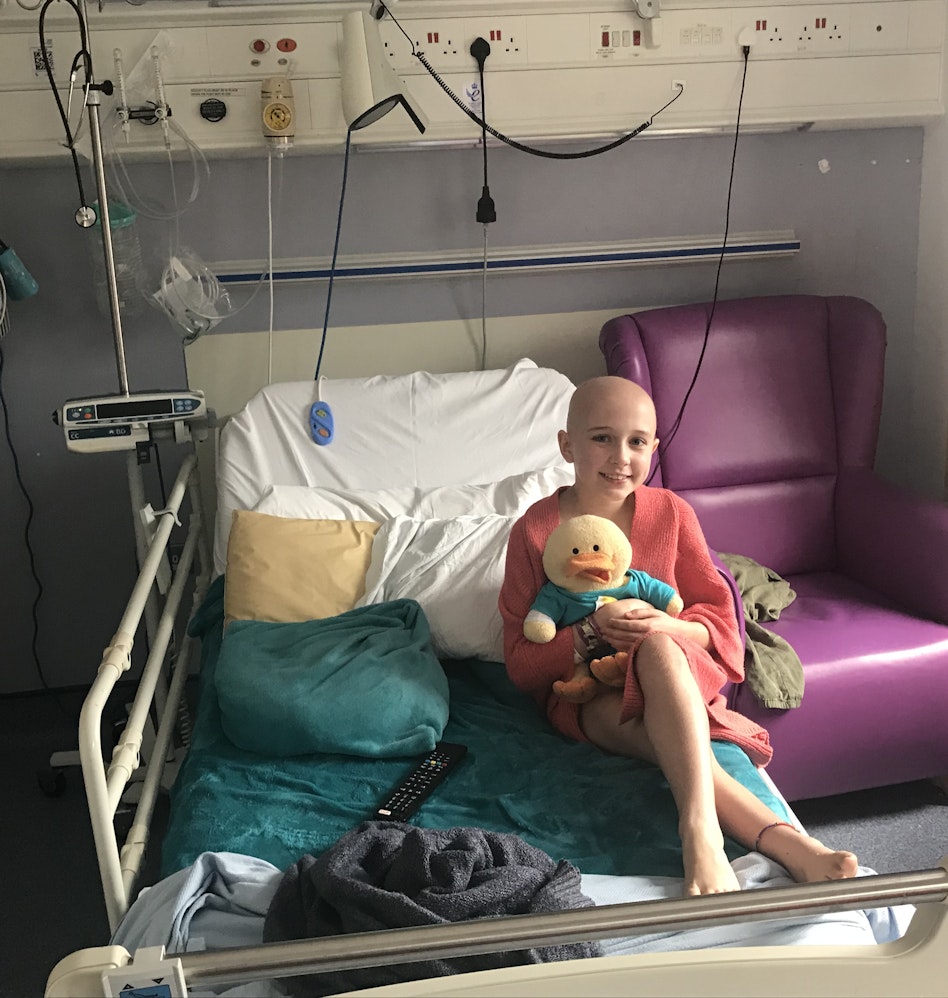
After a break in treatment to allow her counts to recover, Gracie began Stage 5 of her treatment just after Christmas. Gracie now has vincristine (a type of chemotherapy) every 4 weeks. She really suffers when she has this and has one bad week out of every four (we can literally see the colour draining out of her the day after she has the chemo). As parents, we can accept and prepare for this, but it is starting to get Gracie down. She has started to say that she doesn’t want the chemo as she knows how poorly it will make her feel. As parents, this is difficult as we know there is no choice and we just have to support her the best we can through the rest of her treatment.
We do have three good weeks though, and we try to make the most of this. Gracie is now much stronger and her hair is growing back. We are hoping that she can get into a better routine with school over the coming year as she has missed a lot over the past 16 months. She is due to finish treatment at the end of June 2020 and we look forward to her ringing the bell. While our leukaemia journey has been both frightening and stressful, we feel incredibly lucky for all of the support we have had, from the team in Leeds and our Macmillan nurse, Sally, to the community nurses and charities who have all helped Gracie in one way or another. We are also so very grateful for the fact that Gracie’s treatment is going well as we know that for many children, this isn’t the case. Childhood cancer makes you re-evaluate what’s important in life and gives you a different perspective. We know how lucky we are to have Gracie here with us and how important it is to make the most of every moment. Treatment for leukaemia has come a long way in recent years but there is still a long way to go. Continued research is vital to ensure that treatments continue to improve and to make sure that all children survive their diagnosis.
Trust your instincts. You know your child best, keep going back to the GP if you’re worried. If you suspect leukaemia, say so and explain why. Most GPs only ever see one case in their career so they just trying to join the dots of a child's symptoms into a clear diagnosis. They see your child for ten minutes maximum, you are with them all the time. We know our children better than they do and we need to fight for them. The quicker the diagnosis, the quicker the treatment begins." Victoria, Gracie's mum
